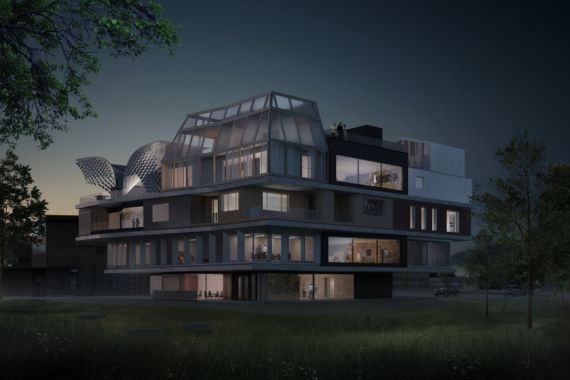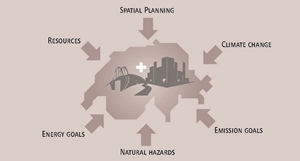Built Environment
The quality of our built environment is a key factor for a truly sustainable society. This includes high-quality, yet affordable living and working space, networks for transportation of people and goods and a reliable distribution of energy, water and information.

At Empa, research on the built environment is carried out at different levels, starting from the development of new functional materials to the design of advanced systems and their integration into buildings and structures. At an even larger scale, we also look at entire districts and even cities and their interaction with the environment. Key issues at all levels are the minimization of the environmental footprint while guaranteeing a high level of comfort and safety for the users. Our research activities for guaranteeing a sustainable built environment are organized in different modules: Materials & Processes, Structures & Systems, Integration & Demonstration. These modules are all interconnected with each other as well as with two cross-sectional topics: Data Science and Circular Economy.



